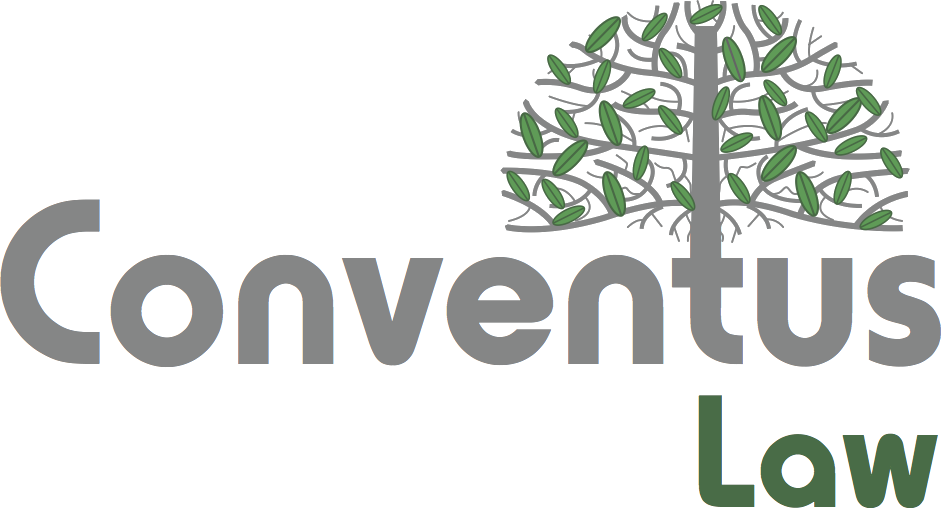In-house legal teams are under increasing pressure to deliver efficient, transparent, and high-quality support to their organisations. The right technology can make all the difference — and at the centre of this is matter management software.
But what exactly is matter management, how does it differ from related systems, and where does it fit alongside tools like contract management, document management, and spend management?
What is Matter Management?
Matter management refers to the processes and systems used by legal departments to organise, track, and manage all legal matters. A “matter” could be anything from a contract review to litigation, regulatory compliance, or internal investigations.
Matter management software brings structure to this complex landscape by providing a centralised platform where all legal work is captured, tracked, and managed. Typically, this includes:
- Matter intake and triage: Ensuring requests for legal support are submitted consistently and assessed against defined criteria.
- Workflow and task allocation: Assigning work to the right lawyer or team member, with visibility over deadlines and responsibilities.
- Centralised data and communications: Housing key information, updates, and correspondence in one place.
- Reporting and analytics: Delivering real-time insights into workloads, risk exposure, and legal team performance.
For in-house teams, matter management software provides a single source of truth. It eliminates the reliance on spreadsheets and email chains, reduces duplication, and creates transparency across the department.
Matter Management vs Case Management
Matter management and case management are sometimes used interchangeably, but they serve different purposes.
Case management is most common in courts, law firms, and litigation-heavy practices. A “case” usually follows strict procedural requirements, deadlines, and filings. Case management software is built to track these processes and ensure compliance with rules of evidence and procedure.
Matter management, by contrast, is broader. It encompasses the entire portfolio of legal work within a corporate legal department – ranging from advisory requests, governance, and employment issues to large-scale litigation. While litigation matters may use case management tools, matter management software provides the higher-level operational view that connects those cases with everything else the legal team is handling.
In short, case management is procedural and litigation-focused, while matter management is strategic and operational.
Where Spend Management Fits In
Legal spend is a significant focus for many General Counsel, particularly when external firms are engaged. Spend management systems help monitor costs, track invoices, and enforce billing guidelines. They give in-house teams the ability to see where budgets are being spent and to control legal costs more effectively.
Modern matter management software often incorporates spend management functionality. This means budgets, purchase orders, and invoices can be linked directly to the matters they relate to, creating a clear line of sight between legal work and financial impact. With this integration, legal leaders gain:
- Transparency over costs at both matter and portfolio level.
- Early warnings when budgets are exceeded.
- Data to negotiate with external providers and demonstrate value to the business.
Rather than being siloed, spend management becomes an integrated part of the wider legal operations ecosystem.
Matter Management and Document Management
Documents and emails sit at the heart of legal work, whether they relate to contracts, advice notes, or regulatory filings. The question for many legal teams is how best to manage these alongside their matter management system. Broadly, there are three approaches:
1. Matter management software alongside the enterprise DMS
Many organisations already have enterprise-wide document management systems (DMS) such as SharePoint or iManage. While these can be effective for broader organisational use, they are not always fit-for-purpose for in-house legal teams—particularly when it comes to granular access controls, permissions, and maintaining legal professional privilege. In these situations, matter management software can operate alongside the enterprise DMS, ensuring legal work is captured and managed properly, while still linking to documents stored in the wider system.
2. Matter management software with built-in document and email management
Modern matter management platforms increasingly offer integrated document and email management capabilities out-of-the-box. These are designed specifically for the day-to-day needs of in-house lawyers — making it easy to store, organise, and retrieve documents and correspondence within the same system where matters are managed. This approach reduces complexity and provides a streamlined all-in-one solution.
3. Specialist DMS with integrated matter management
Larger or more complex legal departments, especially those in regulated industries, often require the advanced capabilities of specialist DMS solutions like iManage. In these cases, purpose-built integrations with matter management software can deliver the best of both worlds. Through automation, matter metadata, permissions, and documents can be synchronised across both systems, eliminating manual handling and ensuring a seamless user experience. This approach enables legal teams to maintain compliance and control, while still benefiting from the operational oversight and reporting capabilities of matter management software.
Matter Management vs Contract Management
Contracts are a specific type of legal matter, and for many in-house teams they represent a significant portion of the workload. Specialist Contract management systems are designed to manage the contract lifecycle: drafting, negotiation, approval, execution, renewal, and expiry.
The distinction is that contract management is focused solely on contracts, whereas matter management covers every type of legal issue. However, there is natural overlap. For example, a dispute arising from a supplier agreement is both a contract issue and a matter requiring legal advice, negotiation, or litigation.
Contracts represent a significant portion of the workload for many in-house legal teams, but not every organisation approaches contract management in the same way. Broadly, there are two common models:
1. Contract management owned by procurement or commercial teams
In many organisations, the procurement or commercial function takes primary responsibility for contract management. They may have a dedicated contract management system that is tailored to their requirements, focusing on vendor relationships, approvals, and commercial performance. In these situations, the legal team’s matter management software works alongside and complements the contract management system. Technical integrations are not always necessary, provided the matter management platform can be configured to support different workflows and coordinate with the business when legal input is required.
2. Contract management led by the legal team
In other organisations, the legal department plays a central role in managing contracts as part of its broader responsibilities. Here, matter management software can typically be configured to manage both matters and contracts. Features such as configurable matter types and statuses, contract registers, and collaboration tools make it possible to manage the contract lifecycle within the same platform. This approach provides visibility across all legal work — whether contracts, advisory requests, or disputes — in one centralised system.
By understanding these two approaches, in-house legal teams can determine whether a standalone contract management system or an integrated matter management solution best supports their business needs.
Building a Legal Operations Ecosystem
Matter management software is the foundation of legal operations, but its value grows when connected with other core functions:
- Spend management links law firm engagements, budgets and invoices to matters, ensuring financial transparency.
- Document management keeps documents secure and aligned with legal workflows.
- Contract management may sit in a dedicated system or within matter management.
Together, these components create a cohesive ecosystem that reduces duplication, streamlines workflows, and gives legal teams visibility across all work. The outcome is greater efficiency, control, and alignment with business priorities.
Final Thoughts
Matter management software is the backbone of modern legal operations and is usually designed specifically for the unique needs of in-house legal teams. By distinguishing it from case, spend, document, and contract management, in-house teams can better understand the types of solutions are best suited to support their work.
As legal departments continue to evolve, those with a strong matter management foundation will be better positioned to manage risk, control costs, and align more closely with business strategy.

Lawcadia is a legal technology company with a cloud-based platform that in-house legal teams and their law firms use to manage intake, matters, engagements, RFPs, and spend. It enables users to be more efficient, control processes and spend, and have visibility across the legal function.
An award-winning, easy to implement, intuitive and affordable end-to-end legal operations platform, Lawcadia incorporates no-code workflow automation and logic-based processes with a collaborative and secure interface.
Clients include corporate and government legal teams and over 150 law firms.
Founded in 2015, Lawcadia is headquartered in Brisbane, Australia with clients in Asia-Pacific, UK and the US.






